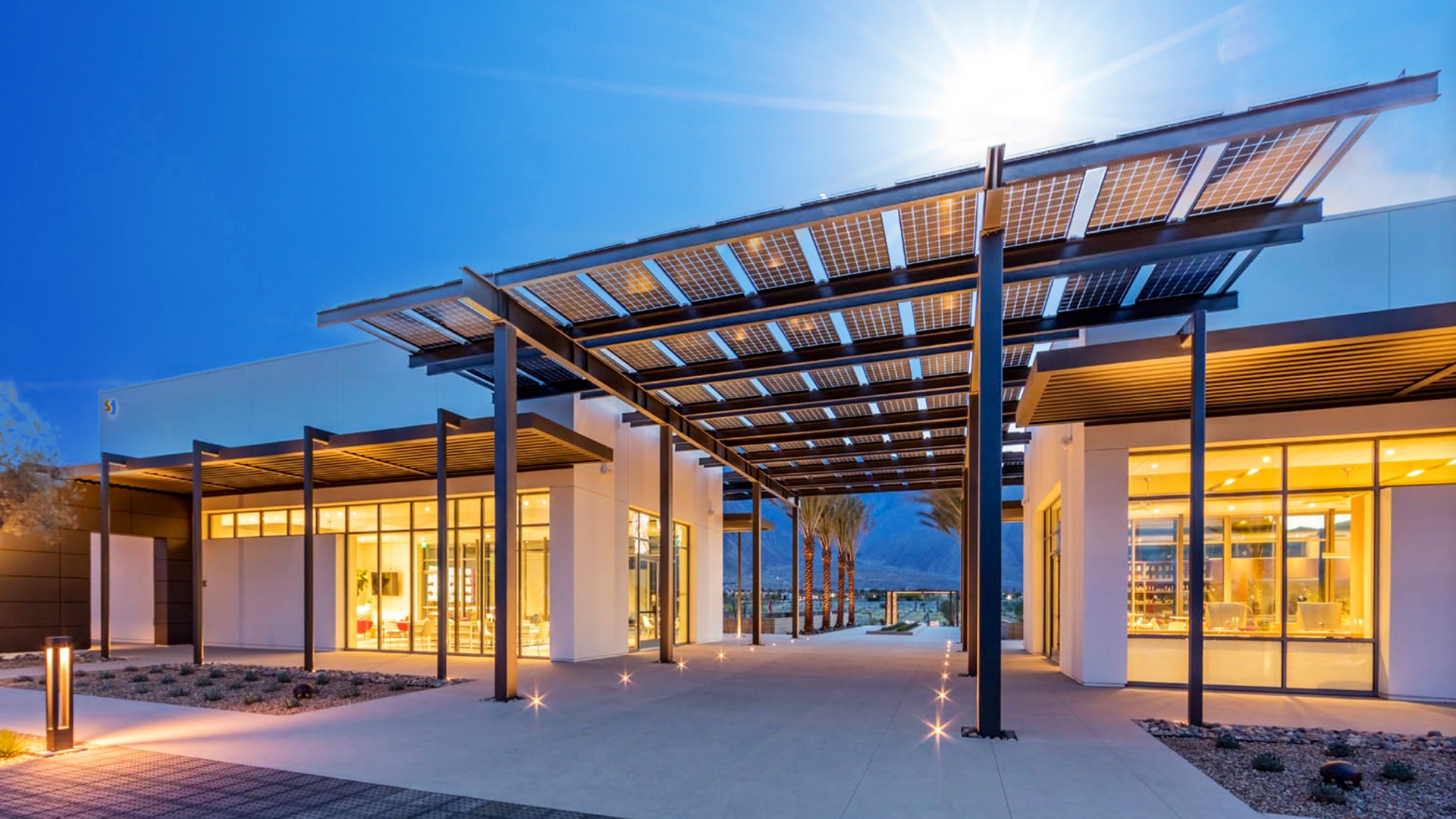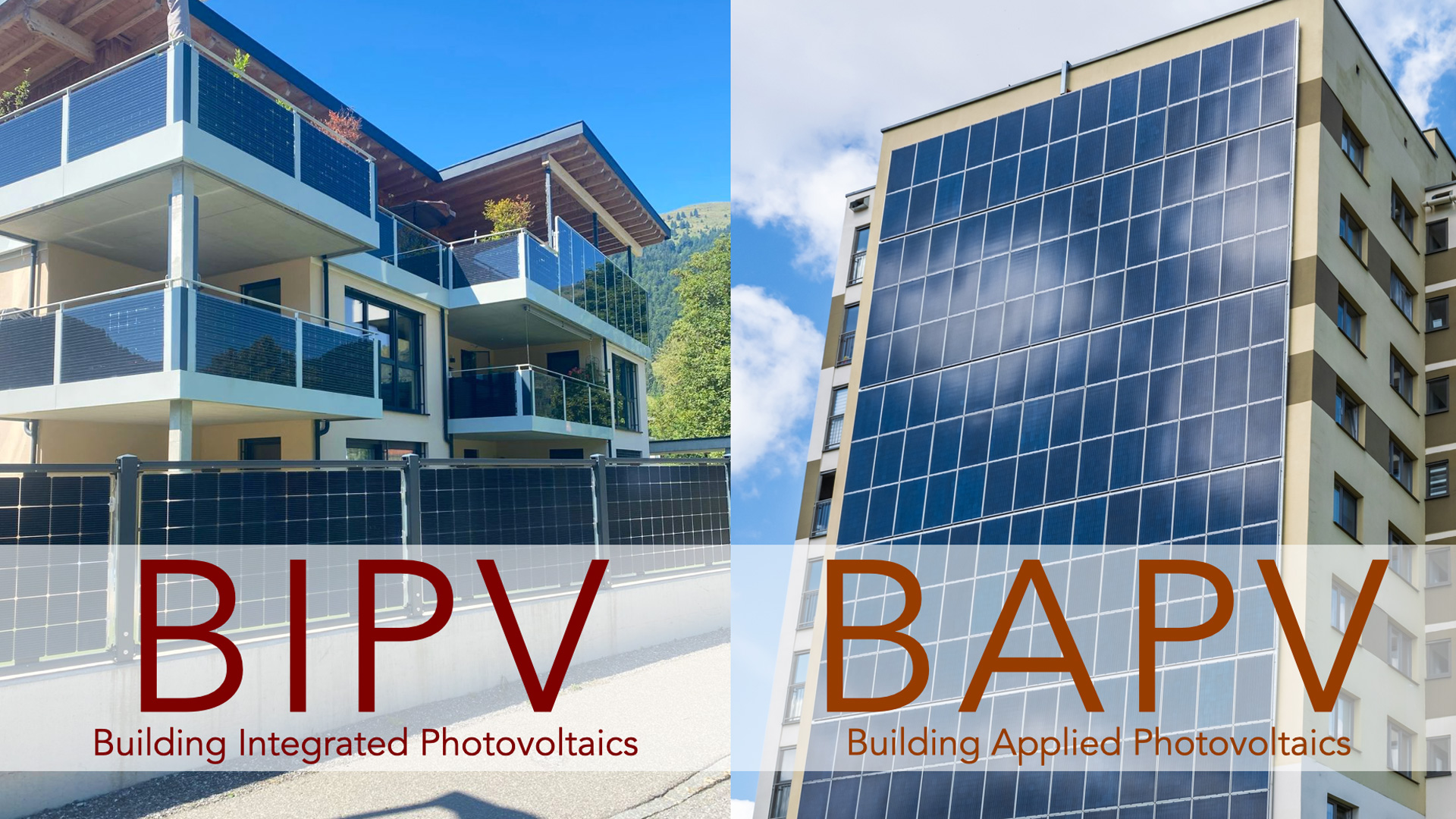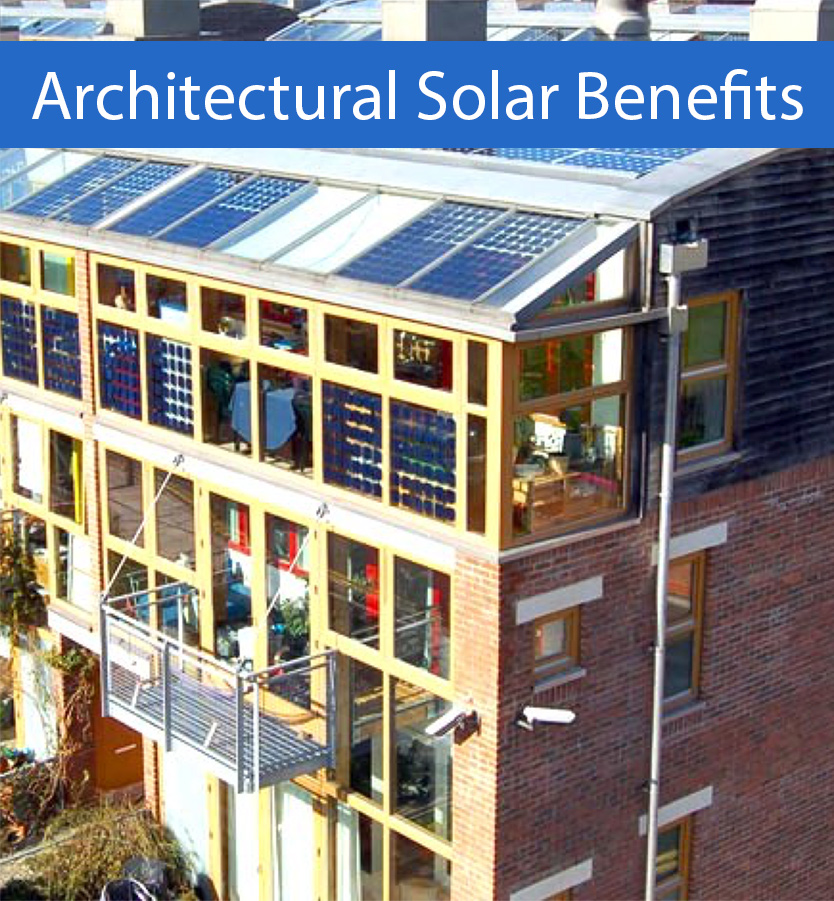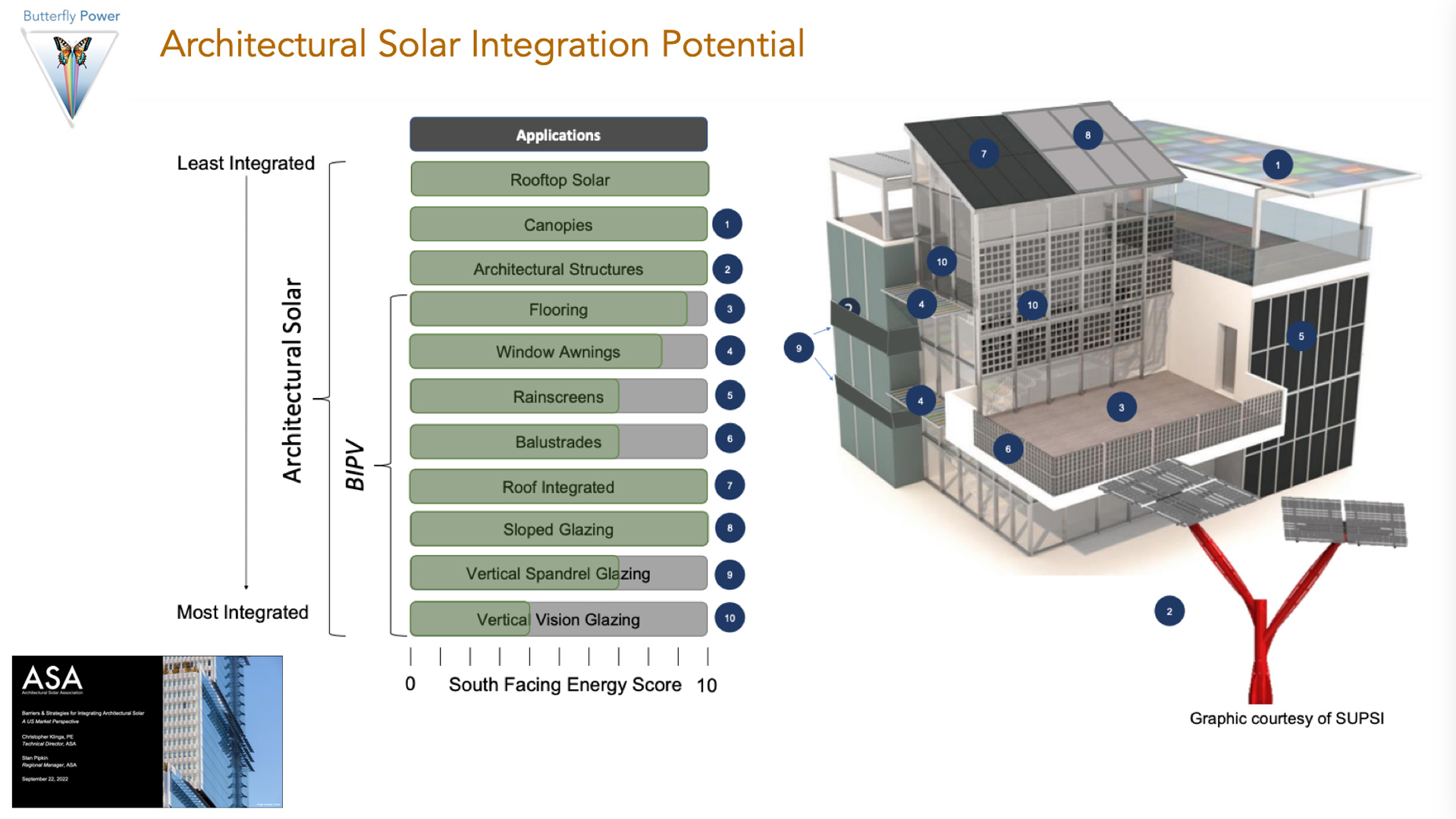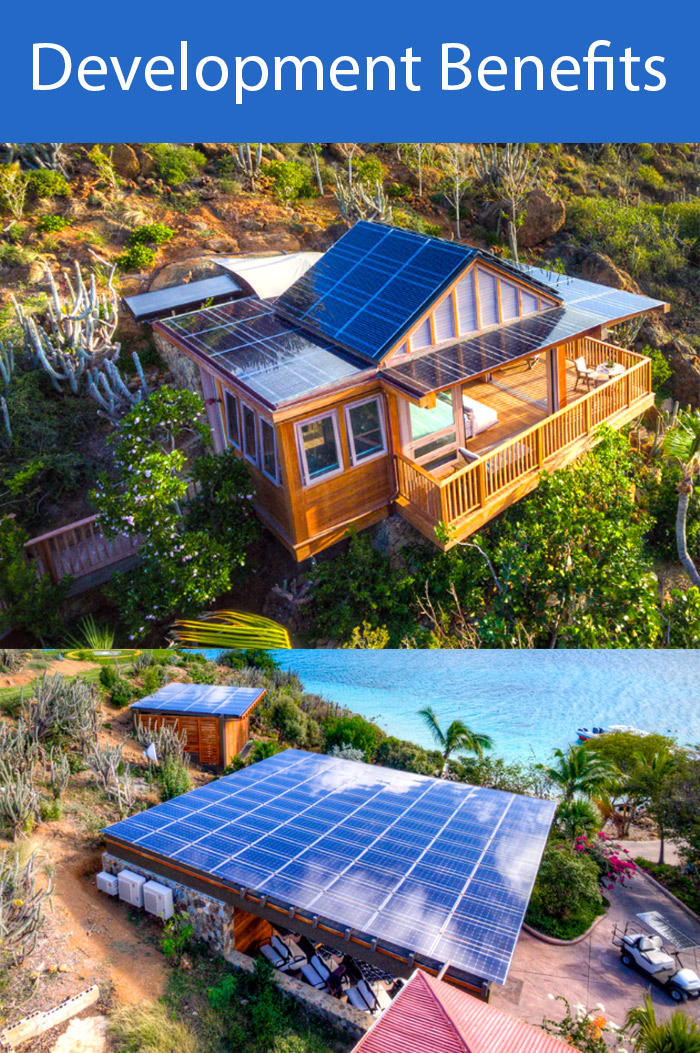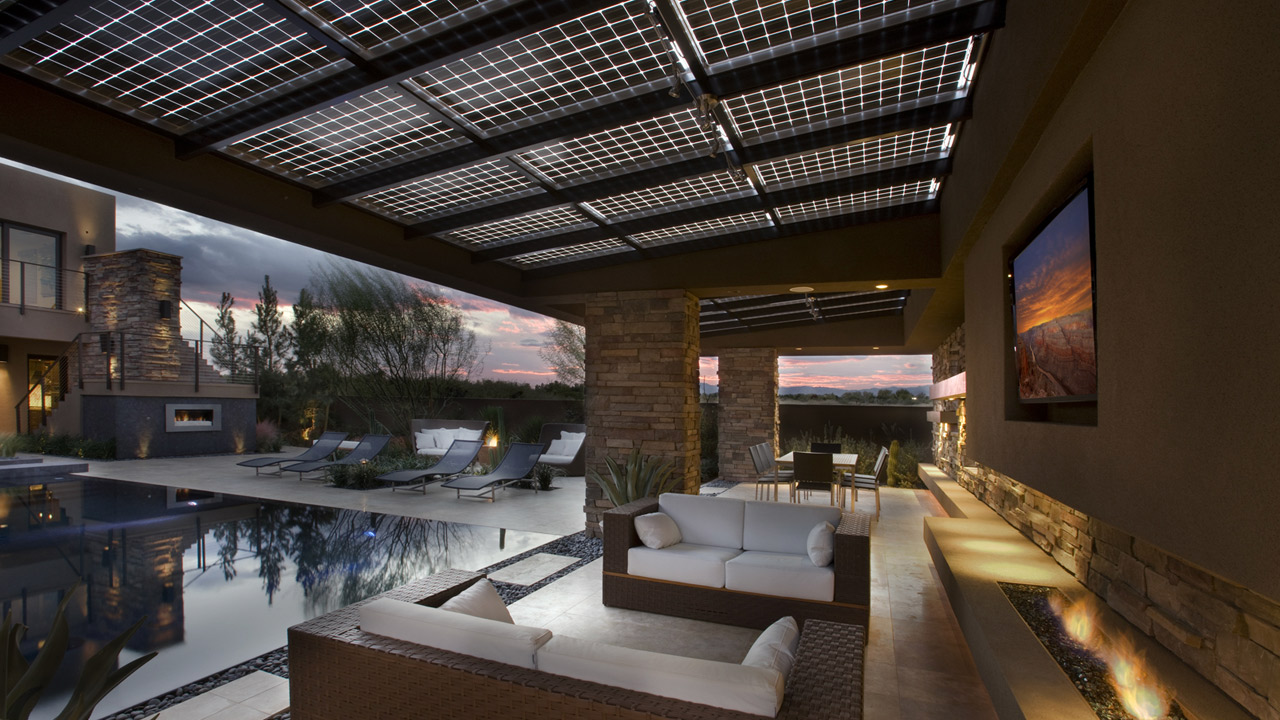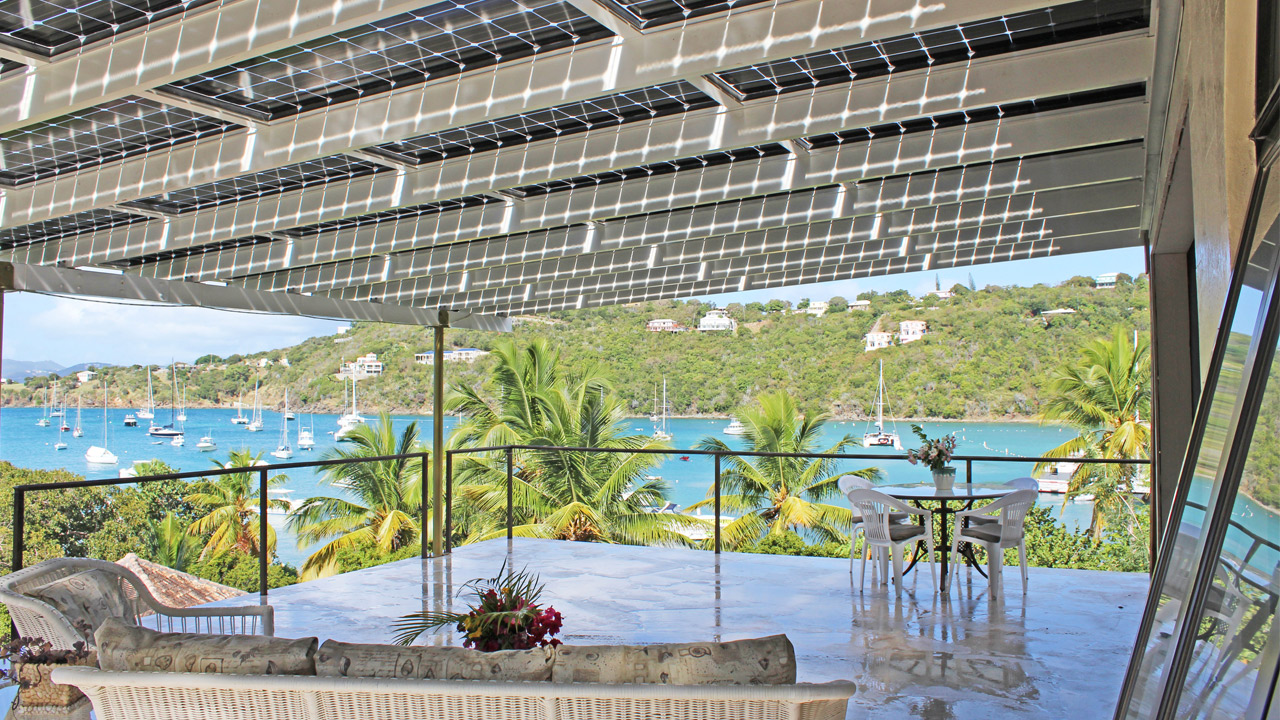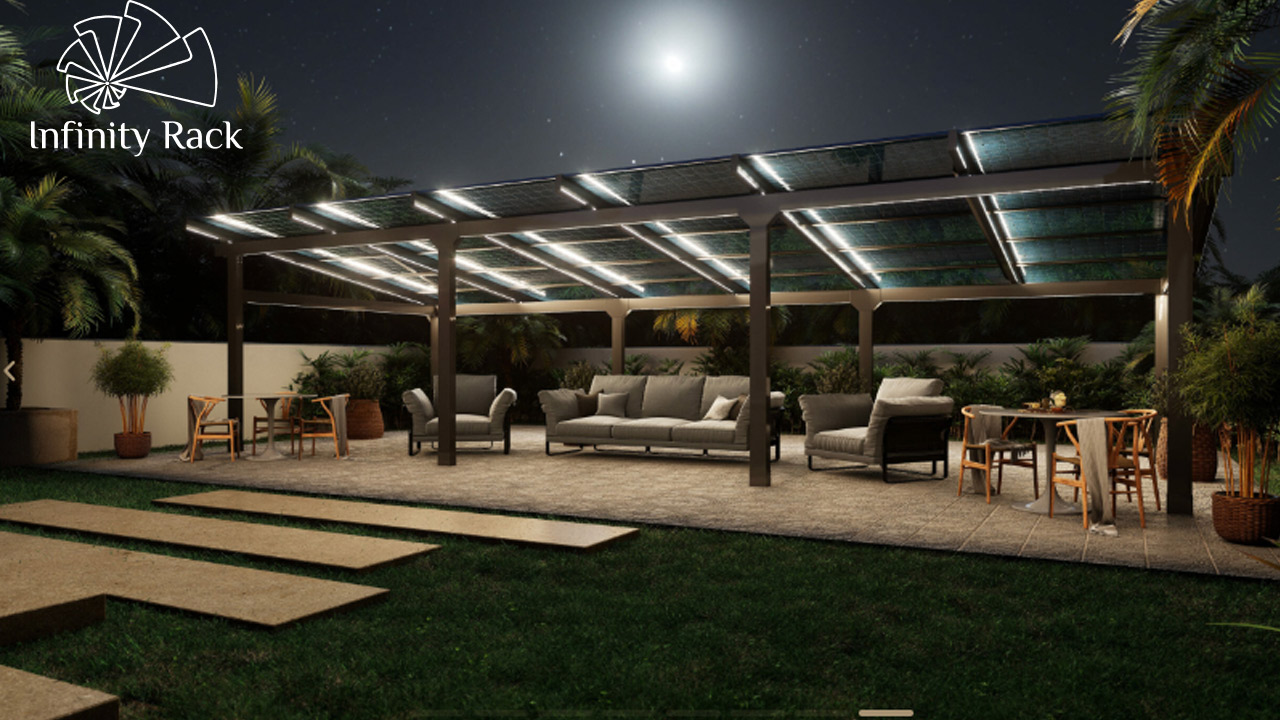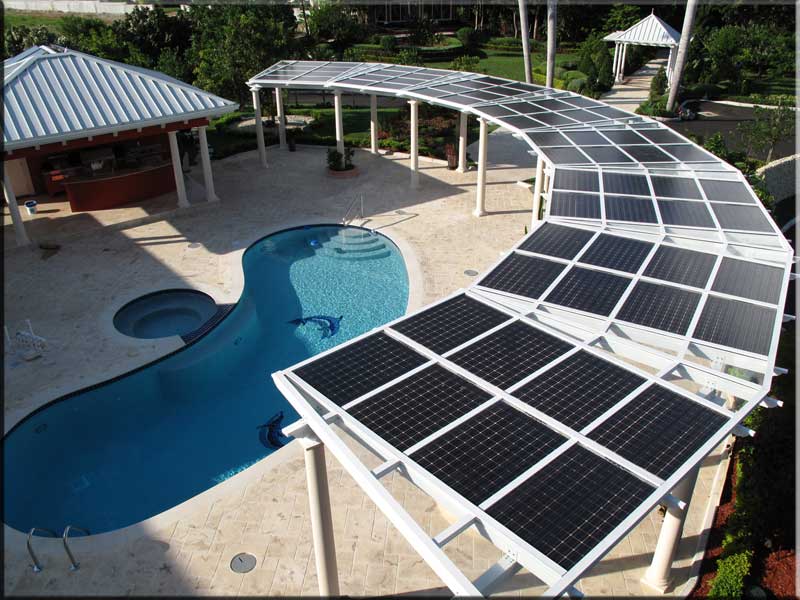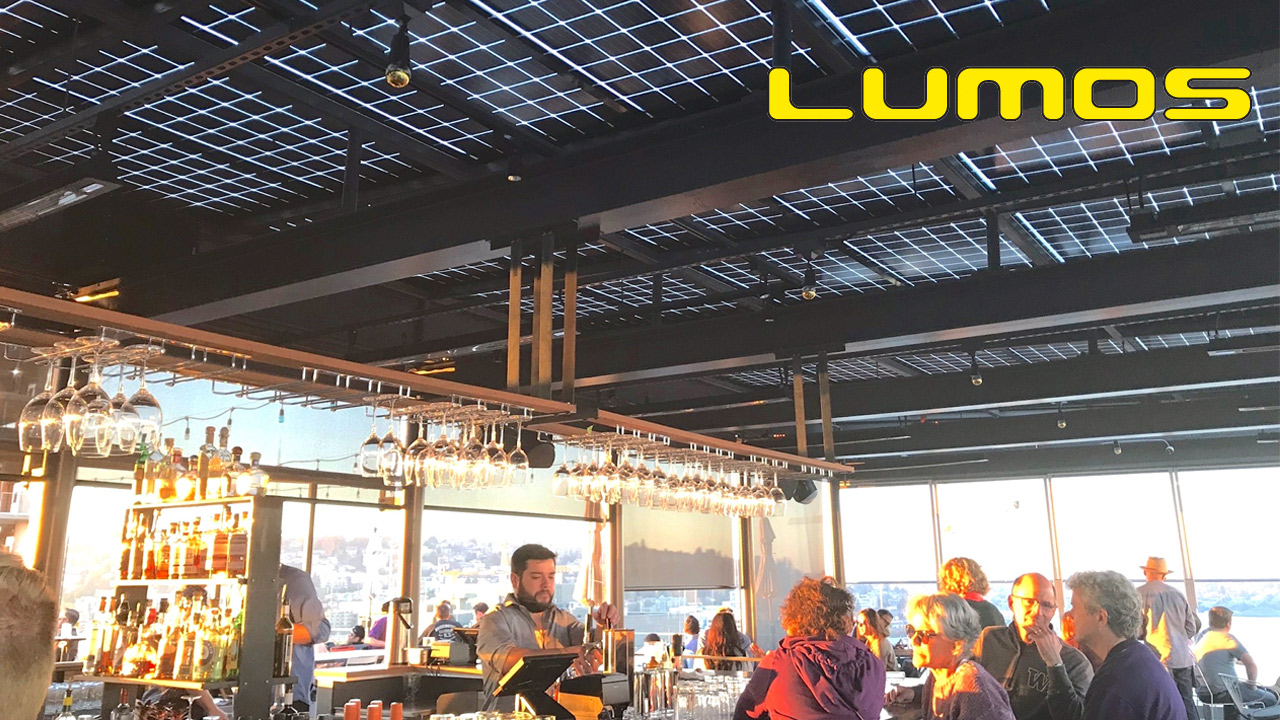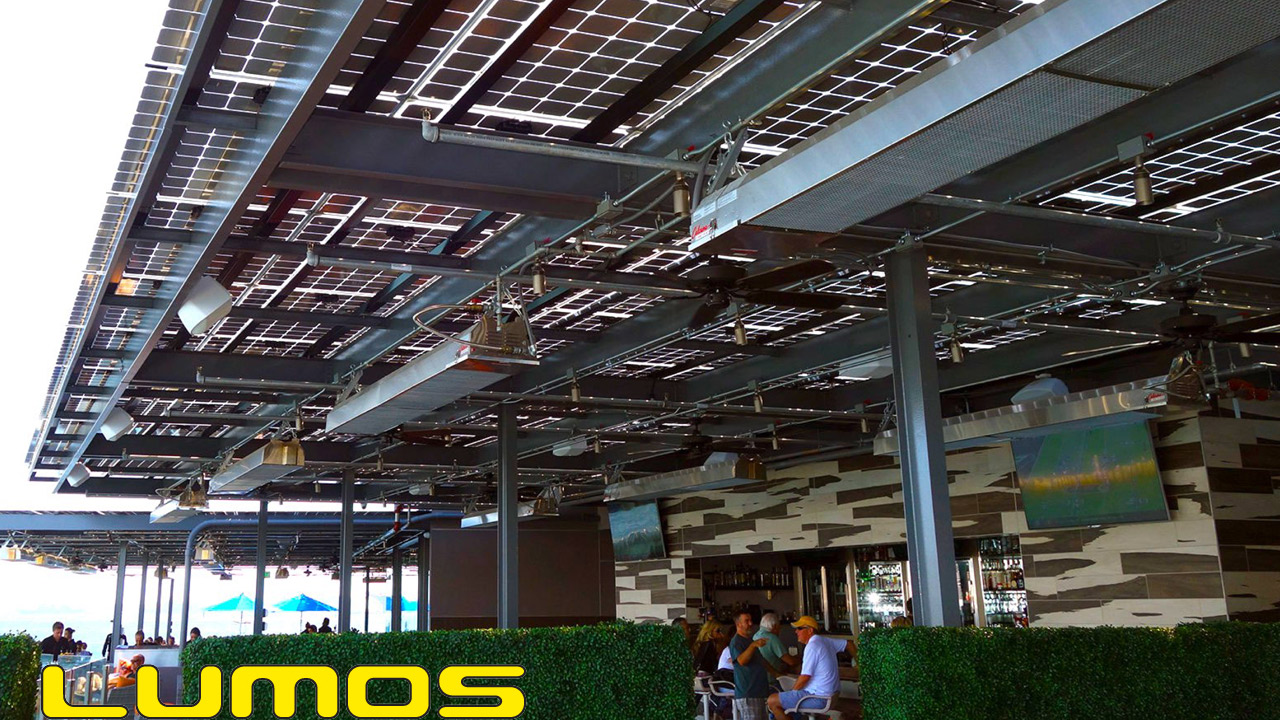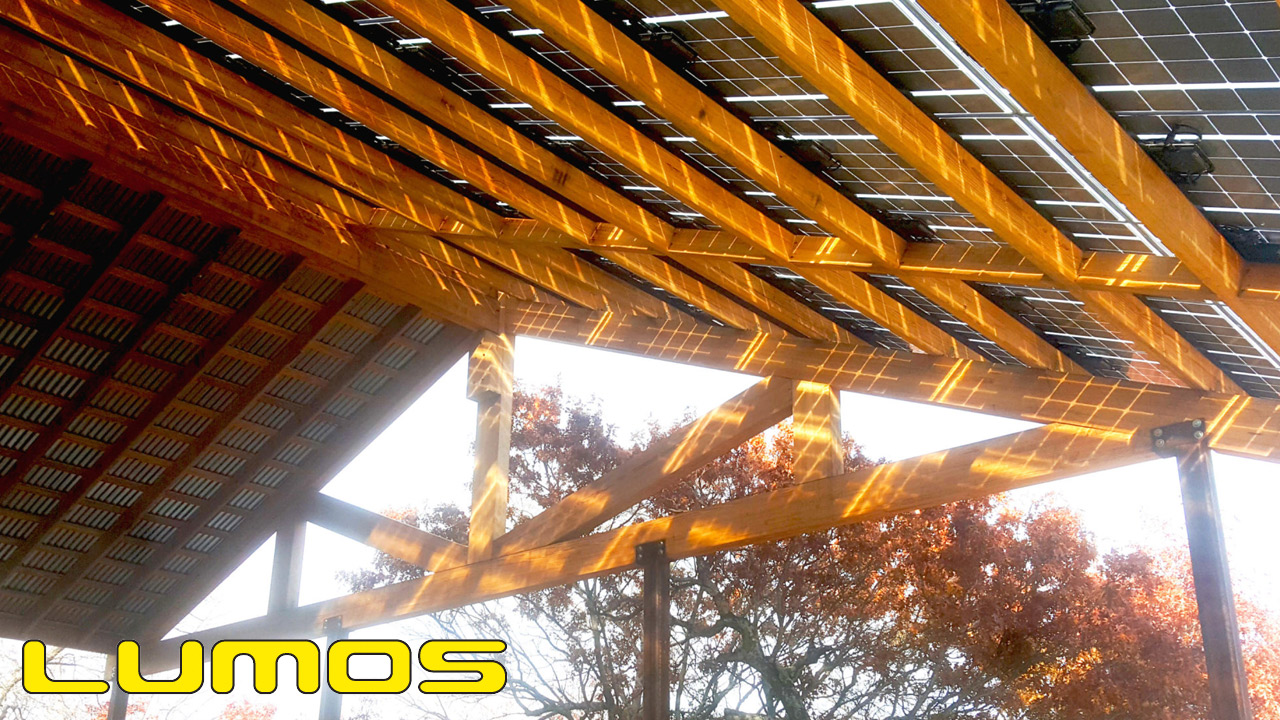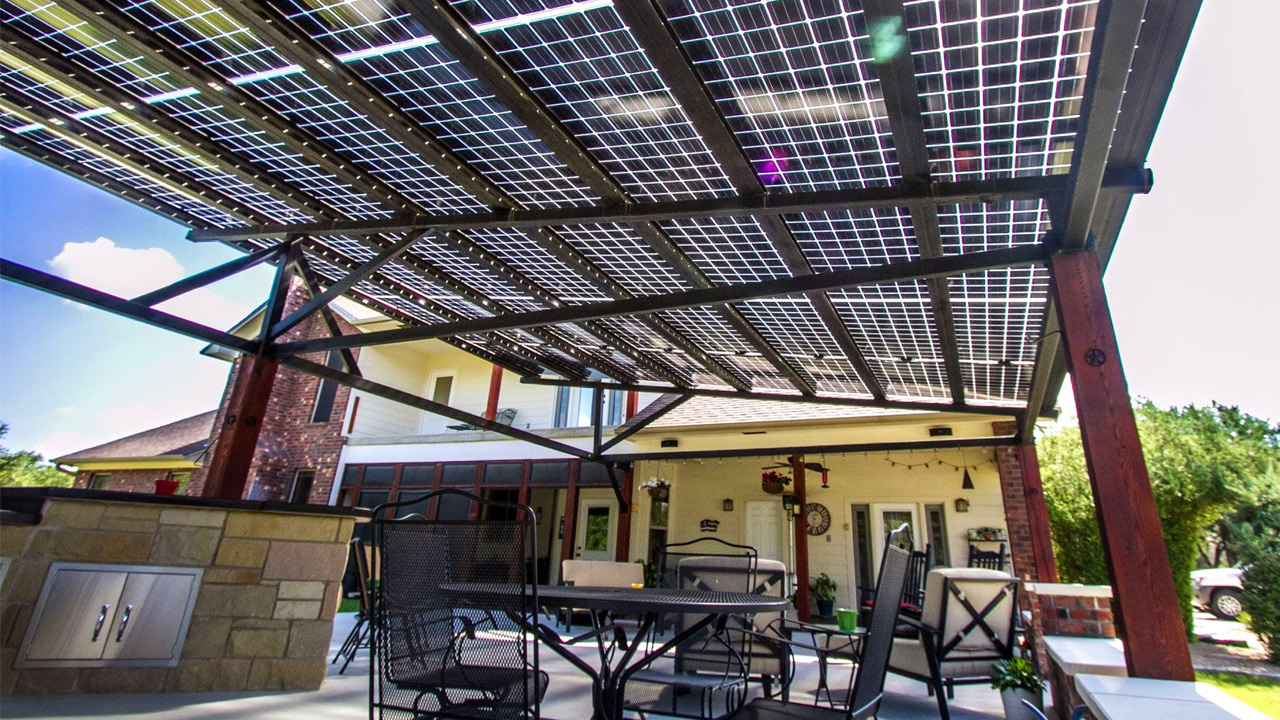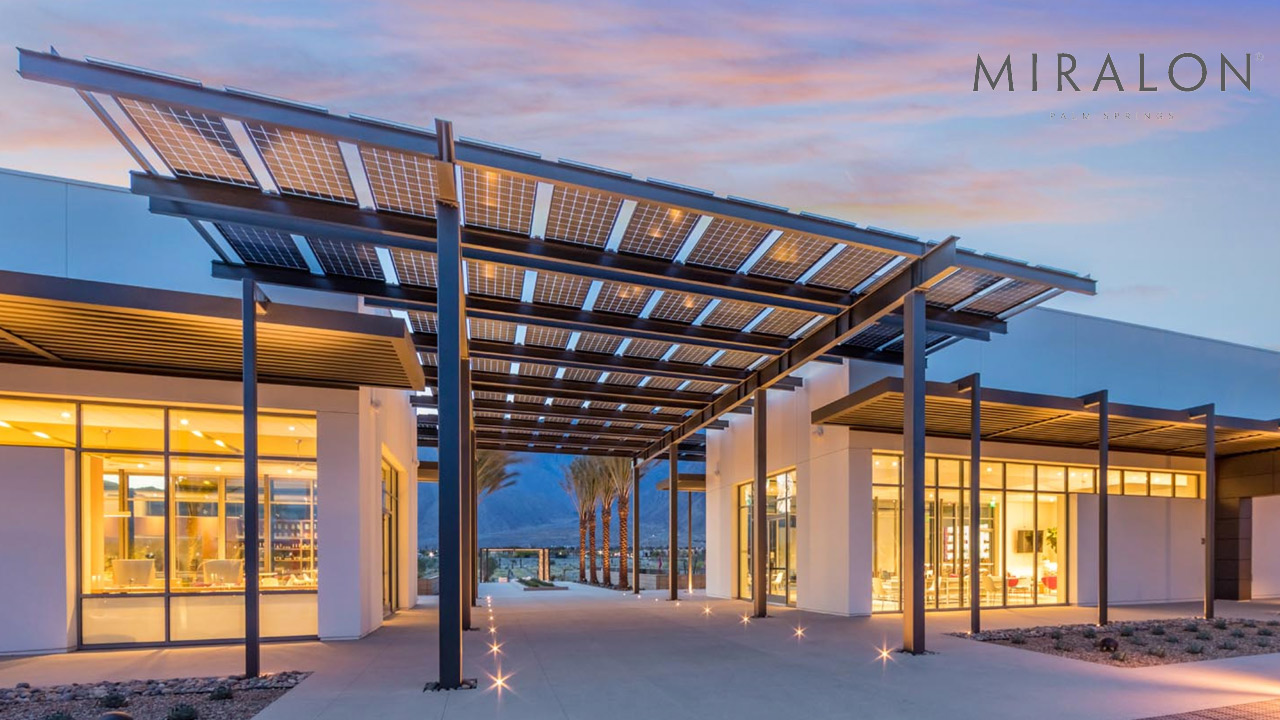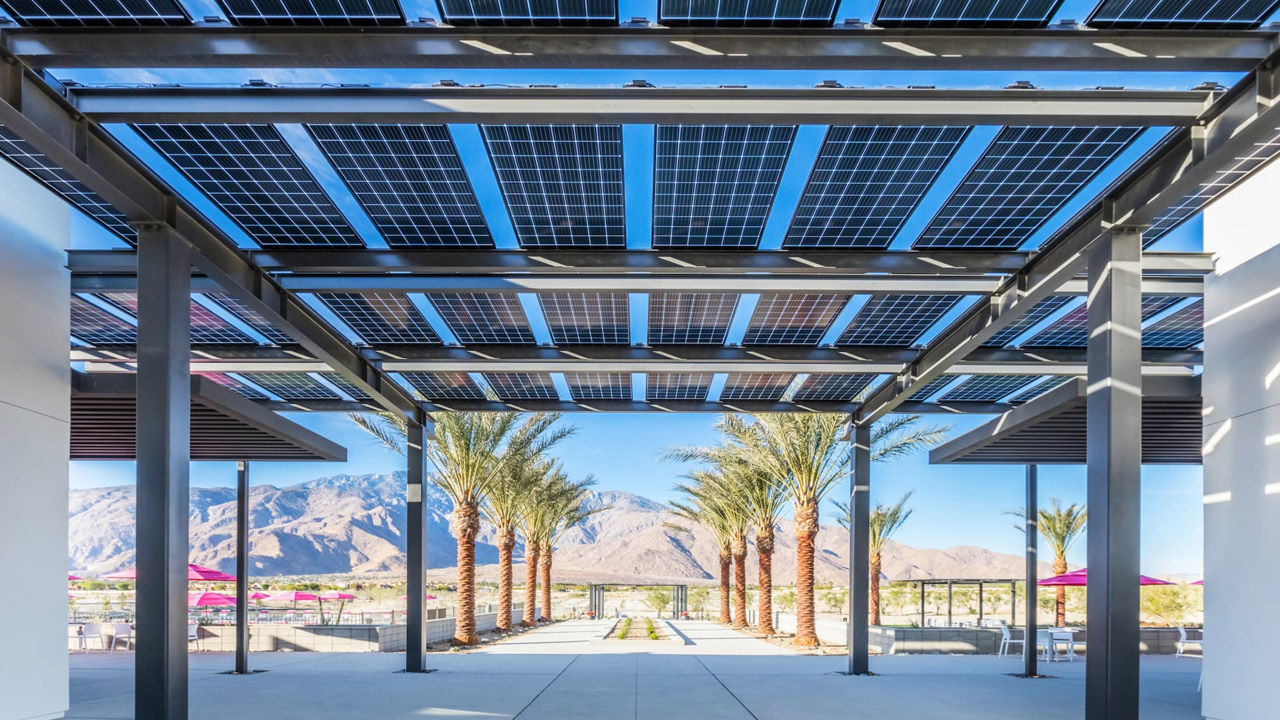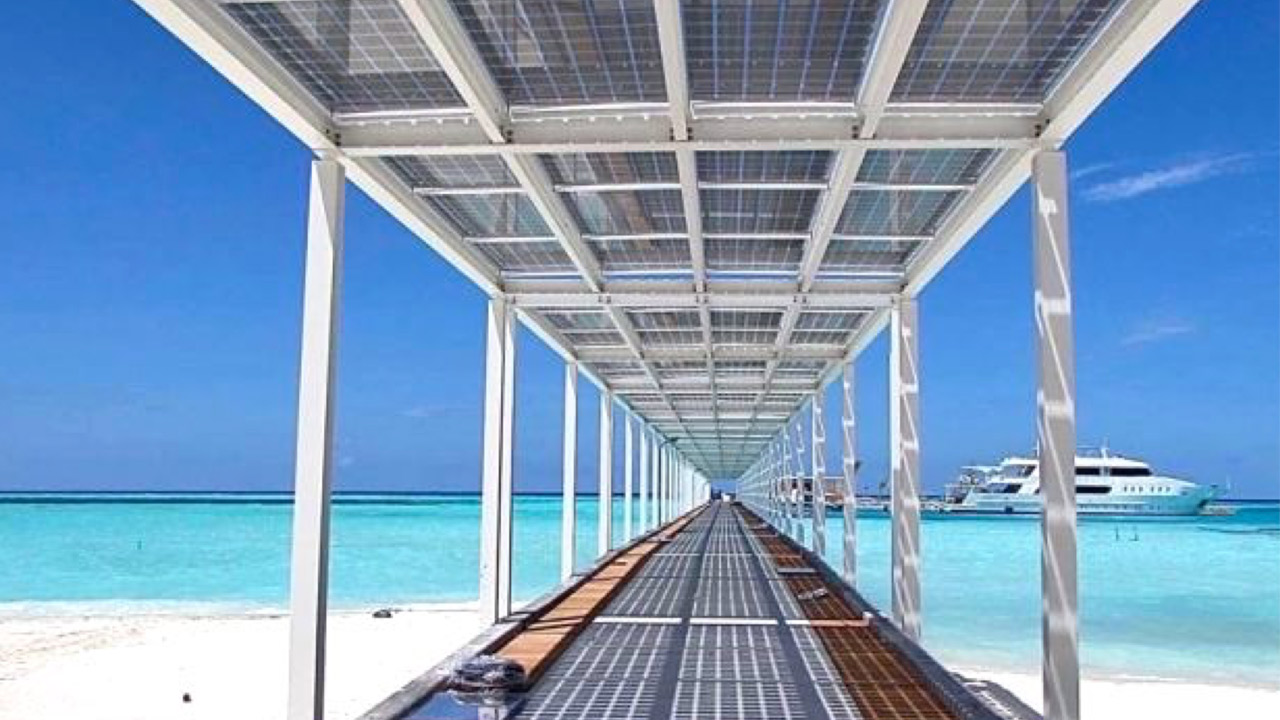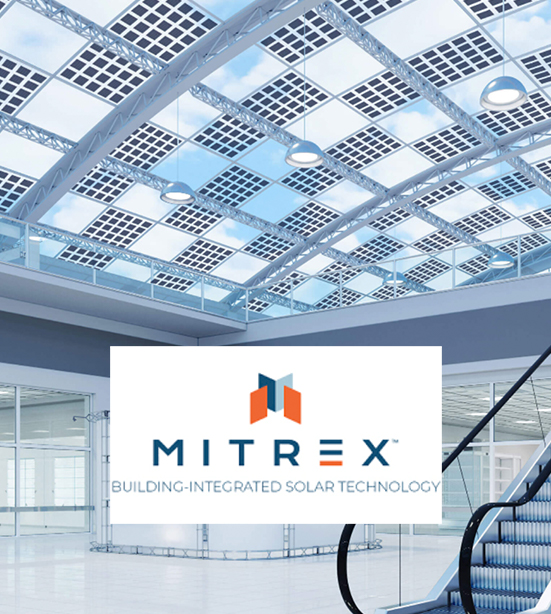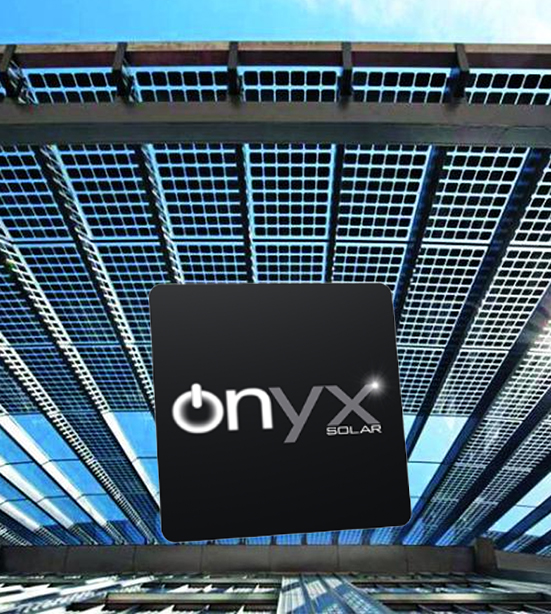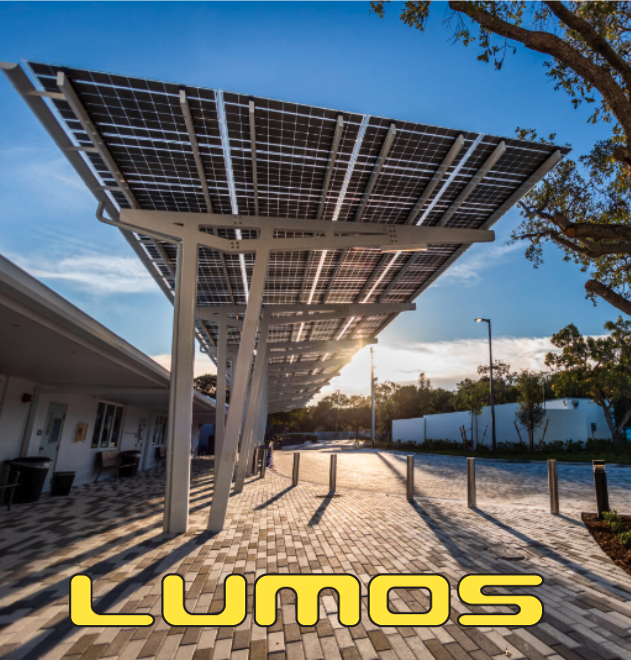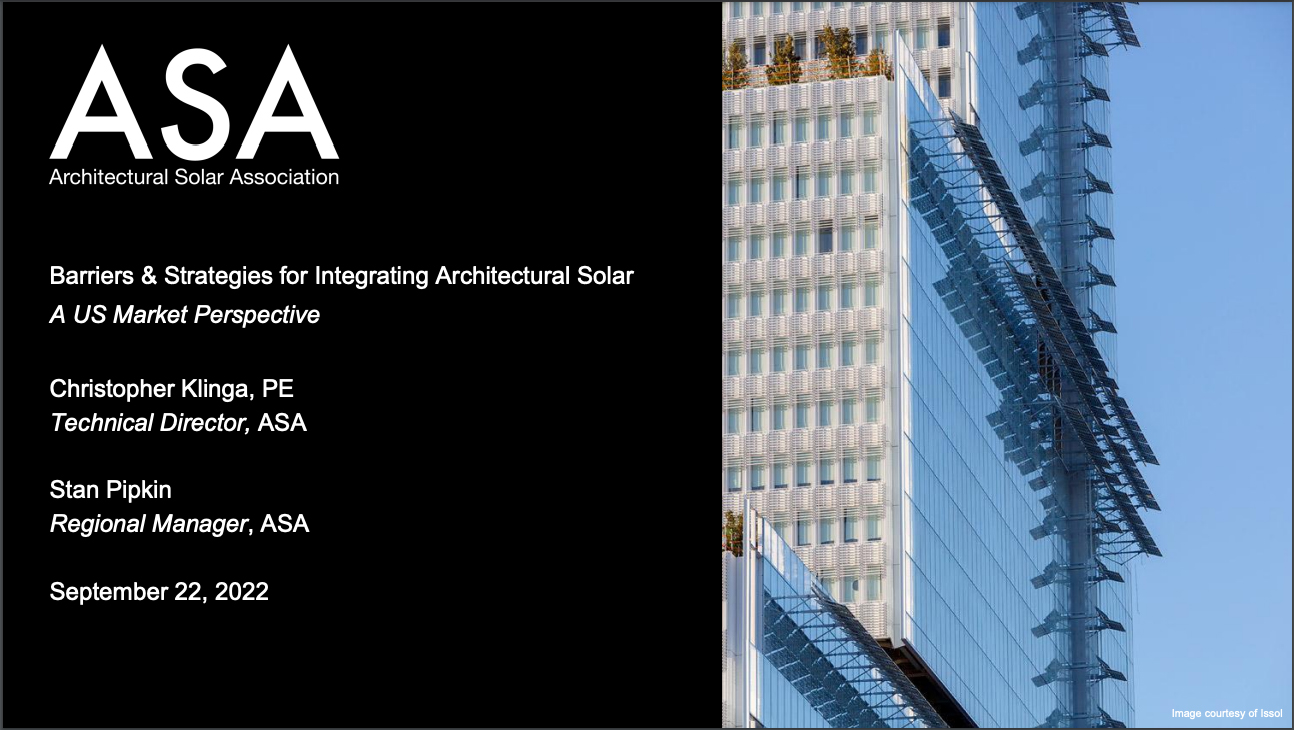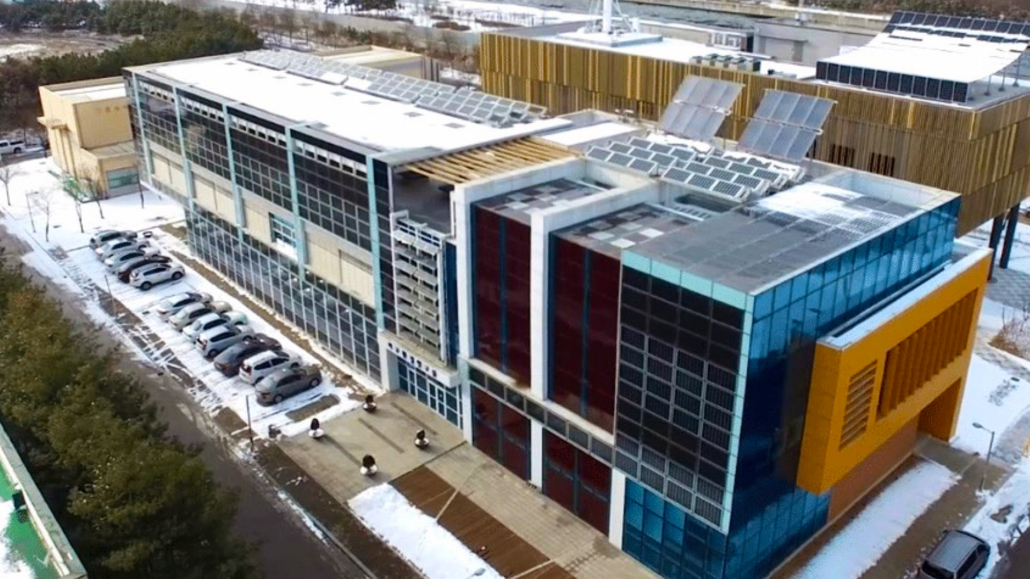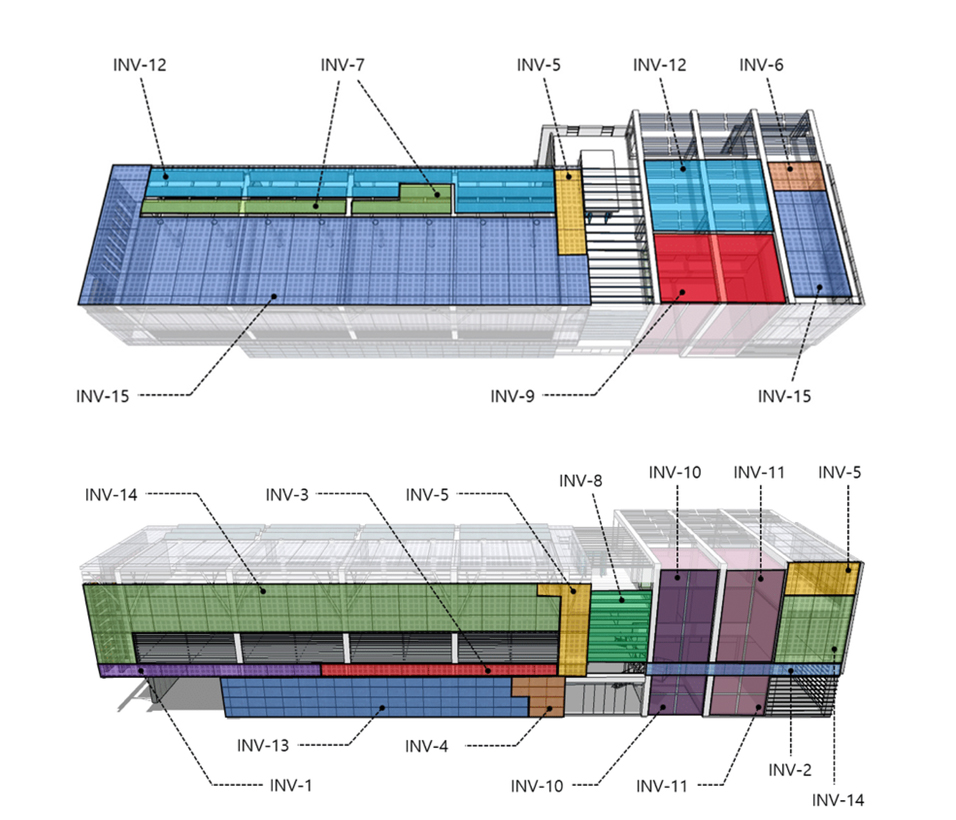Building-Integrated Photovoltaics (BIPV)
Building-integrated photovoltaics (BIPV) solar panels are dual-purpose: serving as both the material layer of a structure and power generation. BIPV turns many areas of building into high-performance power stations.This integrated approach, which brings together energy conservation, energy efficiency, building envelope design, and PV technology and placement, maximizes energy savings.
The combination of being architectural building blocks as well as passive and active solar components make BIPV for property owners, developers and builders.
BIPV integrations provide many opportunities for architects and developers to unite beauty, function and power generation into stunning designs.
A Quantum Leap for multiple sectors
Architectural solar provides many benefits and options to integrate with any type of project:
- Generates Power turning buildings into power generators.
- Reduces Expenses & produces revenue
- Reduces overall project costs through tax credits and incentives.
- Limitless Applications
- Available in Various Colours & Patterns
- Transparency & Design Options
- Lets natural light go through
- Thermal and sound insulation
- Filtering power as 99% of UV harmful radiation and up to 95% of IR radiation can be absorbed.
Multiple BIPV systems were applied to the Carbon Zero Building for total of 116 kW.
The system was composed of individual systems using a total of 15 inverters from 3 kW to 45 kW.
5 solar Panel Types were installed using 871 modules installed in the building roof, walls, window, atrium, and pergolas.
The Building includes laboratories, large meeting rooms, small meeting rooms, data rooms, lounges used by the building residents, as well as exhibition rooms, international conference rooms.
The hot-water supply system and the cooling and heating system in the building uses solar heat and a geothermal heat pump, and all energy used in the Carbon Zero Building is generated by electricity.
Building approach and analysis covered in this study:
Power Generation Performance of Building Integrated Photovoltaic Systems in a Zero Energy Building


